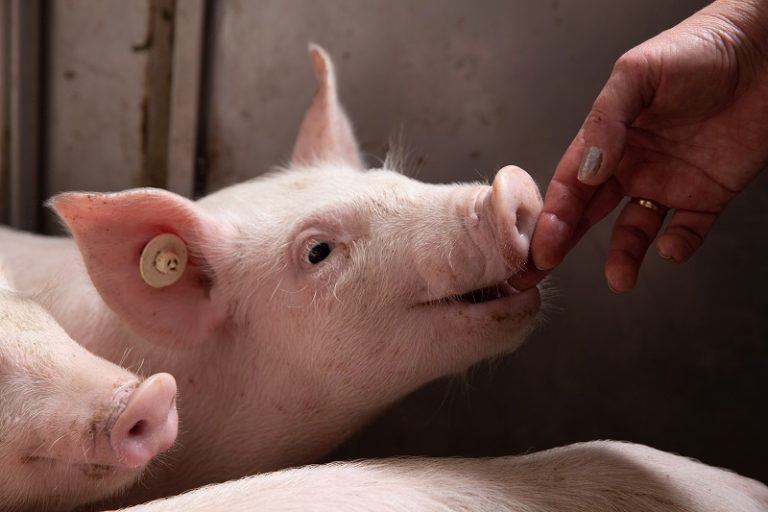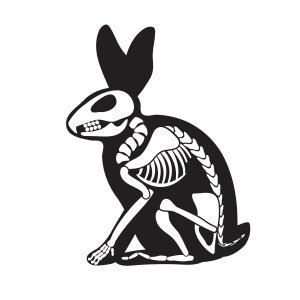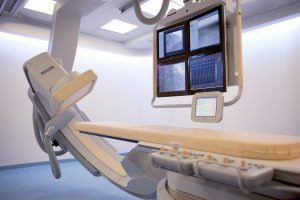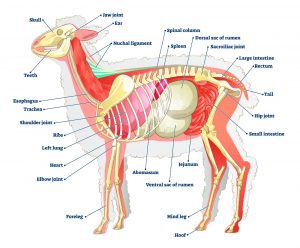Pre-clinical Studies require a great deal of equipment, professional know-how, experienced researchers, and clinicians. They also require animal models. While the Biotech or Medtech companies are the experts in their niche, matching the most suitable animal model to the specific device and specialty is not an easy task.
When choosing an animal model there are many factors that need to be considered, including regulatory standards and ethics, the suitability of specific species to match the product specialty, anatomical differences between humans and animals, the age of the animal, as well as trial length, and the availability of that species.
Lahav CRO specialize in pre-clinical testing with large animal models. The goal of this blog is to give a short brief of the characteristics of the various pig models available and why certain breeds of pigs may be more suitable than others for your pre-clinical studies.
Pigs as animal models
One of our most popular animal models is the swine, or pig model.
Swine are not new to the world of research. Indeed, in ancient Greece, Erasistratus, an anatomist and royal physician who lived between 304 and 250 BCE, is credited as the first to use pigs for research. His research centered around the mechanics of breathing, which eventually led him to find the heart valves and the function of the heart. It is exciting to note that similarities between human and pig anatomy and physiology were recognized over 2200 years ago!
Today, we have more information and are able to be considerably more precise in choosing what animal model should be used for specific trials. Although swine are generally well-suited for pre-clinical studies there are many different breeds of pigs and not every breed is suited for every trial.
Factors to consider in choosing an animal model
In order to discern what species should be used, one must consider a number of factors including:
- Regulatory standards and ethics – This is what is actually required by a certain regulatory authority in order to conduct a valid trial in the pre-clinical stages of product development.
- Suitability of specific species to match the product specialty – This requires a great deal of expertise and common practice of the pre-clinical CRO, as well as a drill down of the validated models documented in scientific papers for the specific product specialty.
- Anatomical similarities to the human – When investigating a certain organ or the skeletal system for example, matching the right animal model with the closest anatomical similarities is crucial.
- Age of the animal – This will depend on the intended clinical use and the target age group of the product.
- Trial length – Often dictated by the regulatory body, the length of the trial needs to be considered in terms of the potential growth of the animal.
- Availability of that breed and the costs involved with that particular breed. Ericsson
Advantages of Pig models
Today we know that pigs can be excellent models given their similarities to human cardiovascular physiology, making them the favored model for cardiovascular Pre-clinical studies. The average heart rate for pigs’ is 90-107 bpm, very similar to the average human rate, which is 70-100 bpm. The pigs’ cardiovascular systems, and coronary vasculature are similar to humans. Both pig and human hearts have a right-side dominance (as opposed to canines and ruminants), both hearts comprise a tri-layered aortic valve and both are mainly supplied by the left coronary artery. Additionally, the pigs’ blood parameters, vessel size and lipid profiles are similar to humans. Regarding circulating cholesterol, the pigs’ LDL is 60% and HDL is 38%, while humans LDL is 63% and HDL is 28%.MDIS
In general, pigs are more closely related to humans as far as metabolism, anatomy and physiology, making them well suited for trials involving human diseases. These facts have no doubt contributed to the FDA’s approval of the use of pigs for the testing of surgically implanted medical devices that are intended for human use. SWINDLE
There are several species of swine that have been developed and bred for experimentation:
Göttingen minipigs
Göttingen minipigs come from Denmark and as the name suggests, they are very small. Bred for experimental use, they are the result of the crossing of three different breeds: the Minnesota Minipig, the Vietnamese Potbelly, and the German Landrace.
These pigs are ideal for trials involving:
- Dermatology
- Heart failure.
Sinclair pigs
Sinclair pigs are also small and were originally bred in the US in 1949. They have the distinction of being the first miniature swine developed for research purposes. This species has a slow growth rate, making them advantageous models for long term trials. Their specific similarities to humans make them ideal for a wide range of trials. They are ideal for trials involving:
- The cardiovascular system
- Dental studies
- The urogenital system
- The respiratory system
Domestic pigs
The Lahav Domestic pigs are bred locally at Kibbutz Lahav and are Landrace Large X White. These are grown with close health monitoring and screening. These are highly varied in size and type. Given their similarity to human physiology, they are greatly suited for a variety of trials and mostly used for cardiovascular studies, wound healing, dermatology and gastrointestinal studies. Since 12,000 domestic pigs are bred in the area surrounding Lahav CRO, one benefit of this model is species availability. This means that the lead time for additional animals in ongoing studies is minimal.
It is important to note that at Lahav CRO, we keep a large database of the various types of domestic pics. This extensive database enables our experts to help our clients chose the model that is most suitable for their particular trial.
In our next blog we will discuss the use of other large animal models, in particular sheep models.
Citations:
Ericsson AC, Crim MJ, Franklin CL. A brief history of animal modeling. Mo Med. 2013 May-Jun;110(3):201-5. PMID: 23829102; PMCID: PMC3979591.
Tee, Tze Wee. “MDIS Blog Main Menu.” pigs-as-models-in-understanding-cardiovascular-diseases/.
Swindle, M. M., Makin, A., Herron, A. J., Clubb, F. J. Jr., and Frazier, K. S. (2012). Swine as models in biomedical research and toxicology testing. Vet. Pathol. 49, 344–356. doi: 10.1177/0300985811402846






